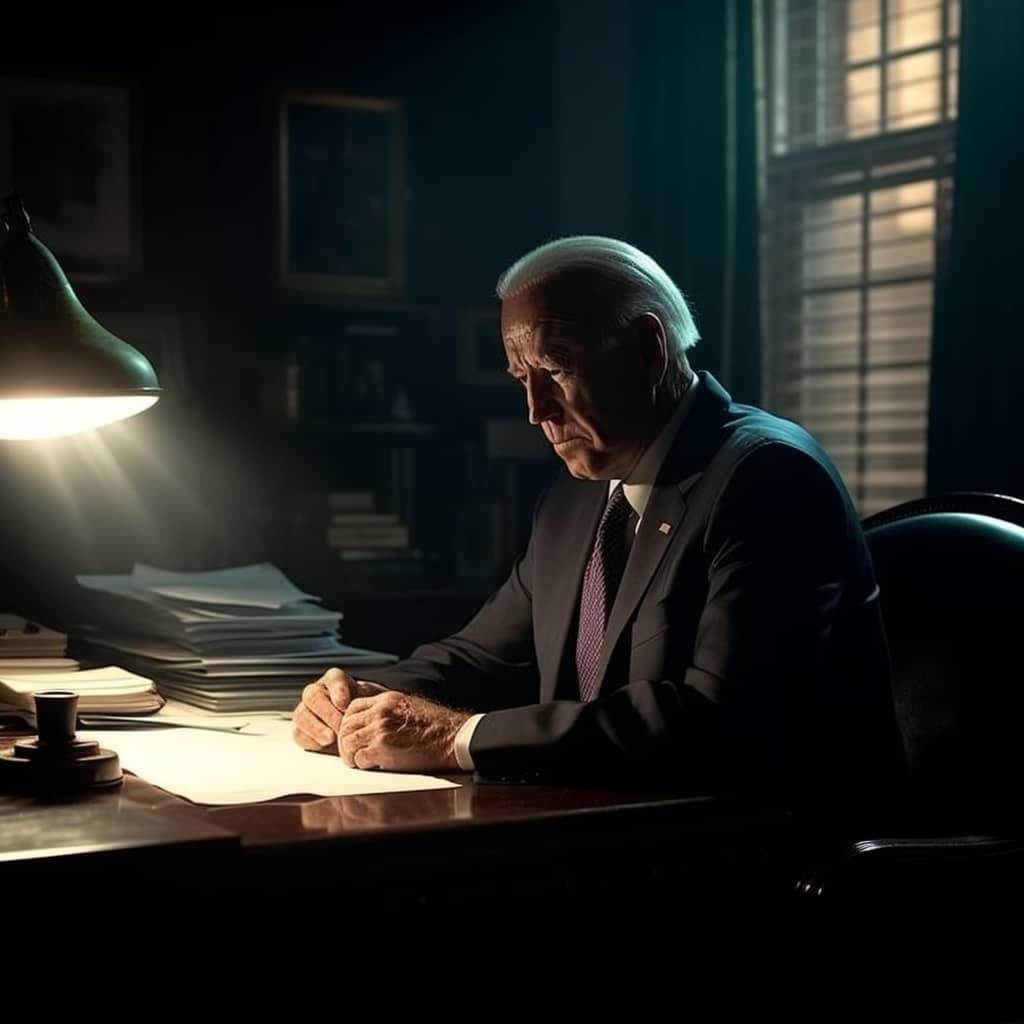As the United States teeters on the brink of a potentially catastrophic default, President Joe Biden and top congressional Republican Kevin McCarthy have reached a tentative agreement on the issue of the US debt ceiling. Let's into the key components of the deal, the negotiation process, and the challenges that lie ahead.
The Tentative Deal
The Biden-McCarthy deal proposes to suspend the federal government's $31.4 trillion US debt ceiling until January 2025. This agreement arrived after months of stalemate and represents a significant step towards avoiding a financial crisis. However, the lack of celebration upon its announcement highlights the tense nature of these negotiations and the uphill battle the deal faces in Congress.
The deal involves several key components. Among these is a cap on non-defense discretionary spending at 2023 levels for one year, with a proposed 1% increase in 2025. Additionally, the deal suggests speeding up the permitting process for certain energy projects and introducing additional work requirements for food aid programs for impoverished Americans.
The Negotiation Process
The agreement emerged after a flurry of phone calls and a 90-minute discussion between President Biden and Kevin McCarthy. Despite this breakthrough, there is still work to be done. McCarthy announced that the final draft of the bill is expected to be completed soon, with a vote on the deal anticipated next Wednesday.
Getting the deal through Congress is no small task. With a narrowly divided House and Senate, the deal will require bipartisan support before the president can sign it. This delicate balance of power adds an additional layer of complexity to the negotiation process.
Reactions and Criticisms
Early reactions to the deal were mixed. Some Republicans, particularly those in the conservative House Freedom Caucus, expressed concerns about the potential increase in debt and criticized the agreement. On the other hand, Democrats have been advocating for increased taxes on the wealthy and companies to shrink the debt while increasing spending on programs like free community college.
These differing perspectives underscore the ideological divide between the two parties, with Republicans seeking to slow the growth of U.S. debt and Democrats pushing for increased spending and taxation on wealthier individuals and businesses.
The Road Ahead
As the bill moves toward a vote, it faces numerous challenges. McCarthy has pledged to provide House members with 72 hours to read the legislation before voting. This will test whether moderate members support the compromises in the bill enough to overcome opposition from both hard-right Republicans and progressive Democrats.
Then, the bill will need to pass the Senate, where it requires at least nine Republican votes to succeed. The potential for opposition from both parties at each stage means there are many opportunities for the process to be delayed.
Conclusion
The tentative Biden-McCarthy deal represents a critical step towards averting an economically destabilizing default. However, the road to its implementation is fraught with challenges. As the United States nears its debt ceiling, the onus of governing lies in finding a compromise that can be supported by both parties. The coming days will prove pivotal in determining the financial stability of the nation.
Matt is the founder of TechMalak. When he's not buried face-deep in the crypto charts you can find him tinkering with the latest tech gadgets and A. I tools. He's a crypto investor and entrepreneur. He uses a mixture of A.I and human thought and input into all his articles on TechMalak, further merging man with machine.





